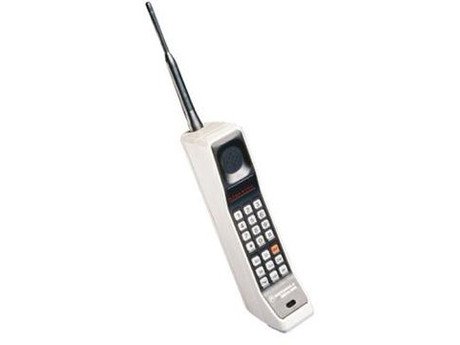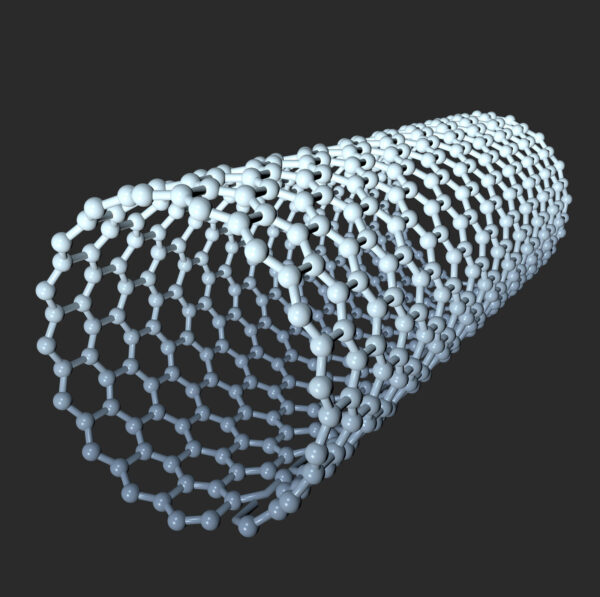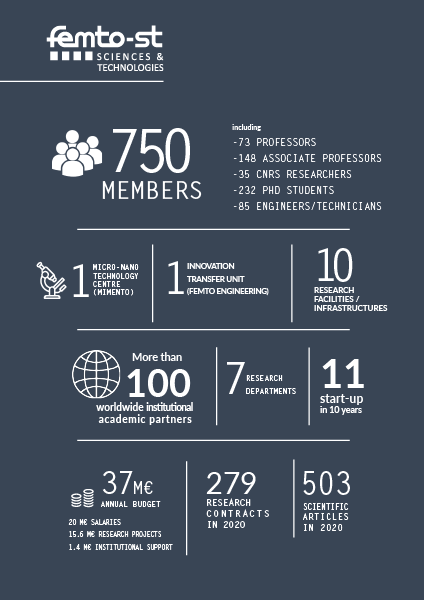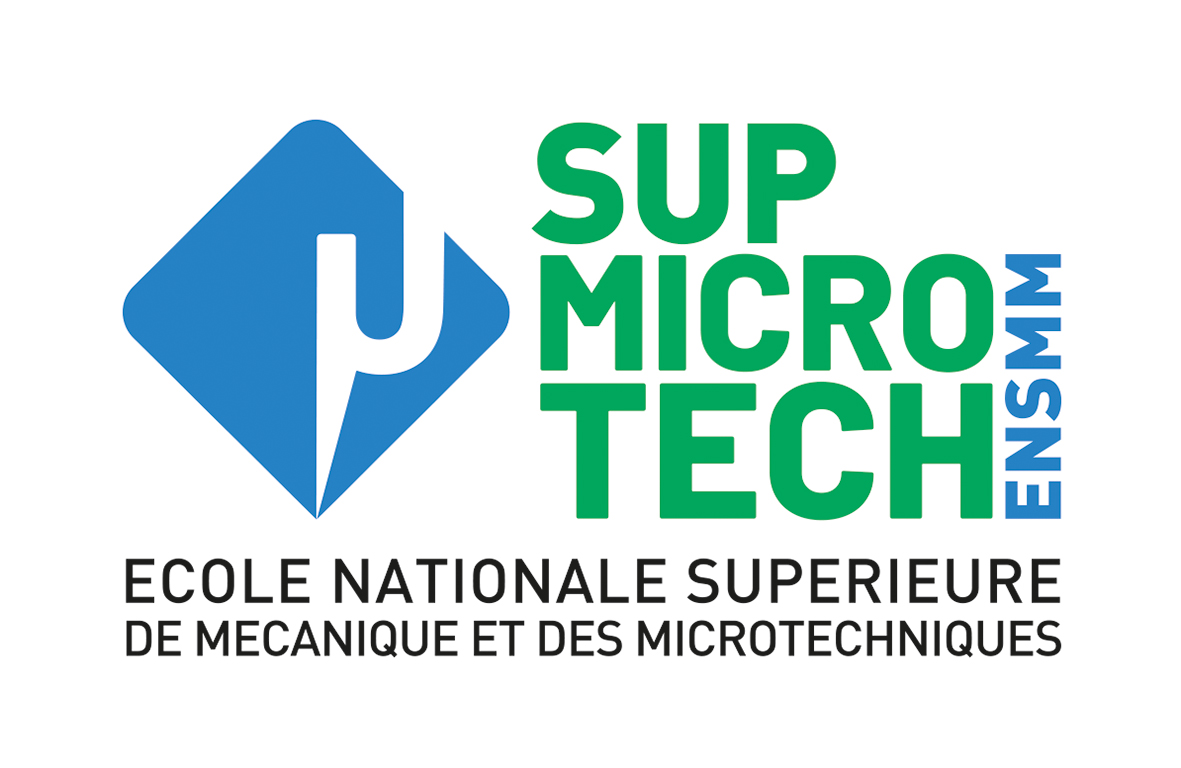A bit of history… the trade fair and microtechnology
Micronora was originally created (first event in 1970) to promote watchmaking techniques and micromechanics, but in 1976, with the watchmaking sector in crisis, the trade fair’s focus turned to high precision technology.
Micromechanics and microelectronics then became increasingly present in products. Hence, in 1980, Micronora once again honed its brand image by adopting the term microtechnology.

The name Micronora is composed of two parts:


Definition of microtechnology
Microtechnologies are technologies that contribute to the design, creation, manufacture or use of components, systems or devices that are small in size and/or high precision.
Microtechnologies are on a scale of one micrometre (i.e. 10-6 metre) to one millimetre. Nanotechnology is smaller than microtechnology and mechanics larger.

The field encompasses multiple technologies as microtechnology systems can contain:
mechanical, electronic, optical and computer components.
In what market sectors
can microtechnology be used?
Microtechnologies meet the needs of all markets seeking to lower costs and offer more efficient, smaller, more accurate and smarter products.

A common example – the mobile phone:
The first mobile phone call was made on 3 April 1973 using a Motorola DynaTAC, a device weighing over two pounds with a battery life of 20 minutes.
Today, mobile phones are more and more compact, intelligent and efficient. Without microtechnology, smartphones would not exist.
Microtechnology:
how is it applied and what is it used for?
Microtechnology is a wide-reaching concept, covering multiple areas of expertise and industries. We come across products using microtechnology every day.
Other examples of products and activities:
- time measurement (watches, clocks, stopwatches, etc.)
- sensors and measuring instruments (precision scales, micrometers, electricity meters, callipers, etc.)
- medical instruments (analysis apparatus, pacemakers, etc.)
- optical instruments (cameras and video cameras)
- household appliances (blenders, dishwashers, washing machines, radios, televisions, etc.)
- IT and office automation (computers, printers, photocopiers, franking machines, etc.)
- computerised banking (change machines, ATMs, magnetic card readers, public transport ticket machines)
- small components (microrobots, motors, microswitches, sensors, electrical outlets)
Definition of nanotechnology
Nanotechnologies are all technologies that involve objects on a scale of nanometres.
1 nanometre = 0.000000001 = 10-9 metre or one billionth of a metre.
This term refers to all fields that work on an atomic or molecular scale (a scale 30,000 times smaller than the diameter of a hair) to create new materials or processes.
In what market sectors
can nanotechnology be used?
Nanotechnologies (or nanosciences) are relevant to many scientific fields involving objects on a scale of nanometres.

Nanotechnology:
how is it applied and what is it used for?
Nanotechnologies are present in all sectors and have considerable potential for development and uses, particularly in healthcare and biotechnology, materials and information and communication technologies.
Nanotechnology applications already impact everyone’s life and should help sustain or boost activity in most manufacturing sectors: we will see ever-faster universal communication tools, effective targeted medicines and money-saving, efficient materials. Nanotechnologies are even expected to provide solutions to major problems such as natural resource management and environmental challenges.
Consult microtechnology experts
A research laboratory and engineering school , a competitiveness cluster at your service.
The FEMTO-ST Institute

With more than 750 members, the FEMTO-ST Institute (Franche-Comté Electronics Mechanics Thermics and Optics – Science & Technology) is one of France’s most prominent public engineering laboratories.
Covering a number of scientific fields such as automation, acoustics, energy, electrical engineering, IT, materials, mechanics, mechatronics, microsystems, nanotechnologies, optics and time-frequency, its research aims to master micro and nanotechnologies, increasingly integrating functions and intelligence to create more efficient components and systems.

Its work ranges from basic research to numerous applications in sectors such as microtechnology, telecommunications, transport, energy, IT, instrumentation and health.
Affiliated with the higher education institutions in the Franche-Comté area (Franche-Comté University, SUPMICROTECH ENSMM – National School of Mechanics and Microtechnology, Belfort-Montbéliard Technology University) and the CNRS, the FEMTO-ST Institute has sites in Besançon, Belfort and Montbéliard.

SUPMICROTECH ENSMM (ÉCOLE NATIONALE SUPÉRIEUREDE MÉCANIQUE ET DES MICROTECHNIQUES)
SUPMICROTECH ENSMM is the only engineering school in France with a strong focus on microtechnology.
Each year, it trains over 250 world-renowned engineers in the field of microtechnology and nanotechnology.
The PMT competitiveness cluster
The PMT is a competitiveness cluster first certified by the French government in 2005, and is coordinated by industrial companies. It aims to represent, inspire and federate companies with microtechnology expertise targeting different markets.
Although microtechnology is everywhere, the PMT has created two clusters to meet the needs of its members. The first cluster, INNOV’HEALTH, concerns the health sector and the second, AEROµTECH, caters to the aeronautics, space and defence














